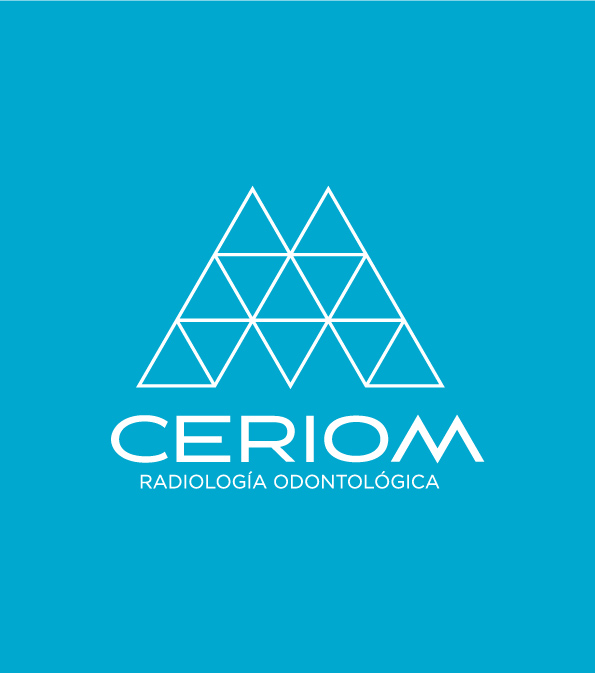ANÁLISIS TOMOGRÁFICO DE VARIACIONES ANATÓMICAS DE PREMOLARES EN LA CLÍNICA NEXODENT, GUAYAQUIL 2016.
Resumen
Introducción: El tratamiento endodontico representa en la actualidad una gran rama en el área de la odontología de importancia para la preservación de piezas dentales, que se verían afectadas por el ataque de agentes externos y que comprometen su funcionabilidad y estética, pero la complejidad de la anatomía de los conductos de todos los dientes en general aún sigue siendo un problema, más aun en los premolares, ya que estos a diferencia de las demás piezas dentarias, tienen diferentes formas y cantidad de conductos radiculares. (6)
Propósito: El propósito de este estudio es demostrar la importancia del conocimiento sobre la anatomía radicular y sus variaciones anatómicas, para minimizar el fracaso al realizar una terapia endodontica.
Objetivo: El objetivo directo de este estudio es determinar las variaciones anatómicas de premolares superiores e inferiores y su relación con estructuras anatómicas de pacientes atendidos endodónticamente, el año 2016, en la clínica Nexodent de la ciudad de Guayaquil, mediante el uso de sus tomografías previas a su tratamiento.
Materiales y métodos: Se analizaron 70 tomografías de 41 pacientes atendidos en el año 2016 en la clínica Nexodent de la ciudad de Guayaquil. Al momento de analizar cada tomografía se tomaron tres fotografías de cortes tomografcos: coronal, axial y sagital para obtener una información variada de su anatomía.
Resultados: De las tomografías revisadas, el 71% fue de género femenino. El 29% de género masculino. Los resultados encontrados del número de conductos en las piezas dentales registradas señalan que el 56% de los casos presenta 1 sólo conducto. En cuanto a la variación anatómica de las piezas dentales estudiadas, se utilizó la clasifcación de Vertucci. El 56% de las piezas dentales es de Tipo I, el 26% es de Tipo IV, el 11% es de Tipo II, y el restante son de Tipo V. Se analizó la distancia entre cada premolar maxilar hasta el seno maxilar y en promedio la distancia fue de 5,3 mm. La distancia promedio de los premolares mandibulares hasta el foramen mentoniano fue de 6,21 mm. La principal localización encontrada para el orifcio del foramen apical fue el centro con el 58% de los casos.
Discusión: Se obtuvo mayoría de aciertos sobre los estudios realizados con los estudios de las referencias bibliográfcas excepto en; La incidencia de los conductos en los segundos premolares superiores en que se obtuvo mayoria de un conducto en lugar de dos. En la distancia promedio del apice de los primeros premolares mandibulares con el agujero mentoniano en donde las distancias promedios fueron mayores. En la localizacion del foramen apical en la pieza #35, en que hubo mayor localizacion del foramen en el centro y no hacia distal.
Conclusión: Se puede concluir que el mejor examen complementario para analizar la anatomía de conductos es la tomografía y que los resultados obtenidos en esta investigación no fueron muy distintos en comparación a investigaciones realizadas por otros autores.
Abstract
Introduction: Endodontic treatment currently represents a large branch in the area of dentistry of importance for the preservation of dental pieces, which would be afected by the attack of external agents and compromise its functionality and aesthetics, but the complexity of the root Canals anatomy of all teeth in general still remains a problem, even more so in the premolars as these unlike other teeth, have diferent forms and quantity of root Canals. 6
Purpose: The purpose of this study is to demonstrate the importance of knowledge about the root canal anatomy and its anatomical variations, in order to minimize the failure in an endodontic therapy.
Objective: The direct objective of this study is to determine the anatomical variations of upper and lower premolars and their relationship with anatomical structures of endodontically treated patients, in 2016, at the Nexodent Clinic of the city of Guayaquil, using their tomography prior to its treatment. Materials and methods: We analyzed 70 CT scans of 41 patients seen in 2016 at the Nexodent clinic in the city of Guayaquil. At the moment of analyzing each tomography three photographs were taken: coronal, axial and sagittal to obtain al the information of its anatomy.
Results: Of the CT scans reviewed, 71% were female, 29% male. The results found of the number of root canals in the registered dental pieces indicate that 56% of the cases present 1 only conduit. Regarding the anatomical variation of the studied dental pieces, the Vertucci classifcation was used 56% of the teeth are Type I, 26% are Type IV, 11% are Type II, and the rest are Type V. The average distance between the maxillary premolars to the maxillary sinus was 5.3 mm. The mean distance from the mandibular premolars to the mental foramen was 6.21 mm. The main location found for the apical foramen was the center with 58% of the cases.
Discussion: the mayority of the studies carried out with the studies of the bibliographical references where equal except in; The incidence of root canals in the upper second premolars where the mayority of one root was obtained instead of two. In the average distance of the apex of the frst mandibular premolars with the mental foramen where the average distances were greater. In the location of the apical foramen in # 35, in which there was greater location of foramen in the center and not distal.
Conclusion: It can be concluded that the best complementary exam to analyze the anatomy of root Canals is the tomography and that the results obtained in this investigation were not very diferent in comparison to investigations realized by other authors.
Descargas
- Resumen 663
- PDF 376
- HTML 76












